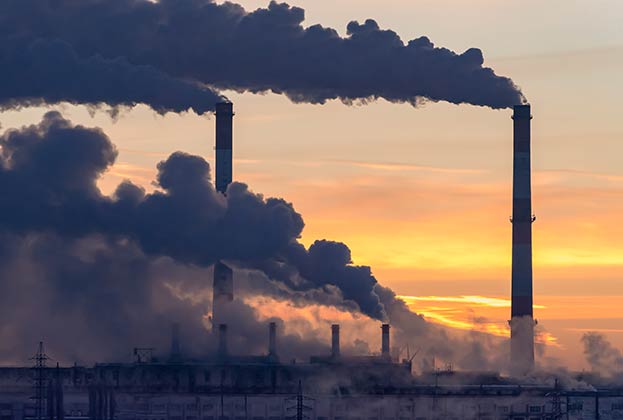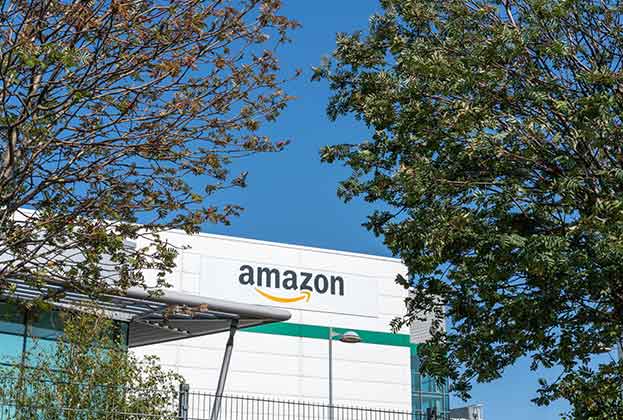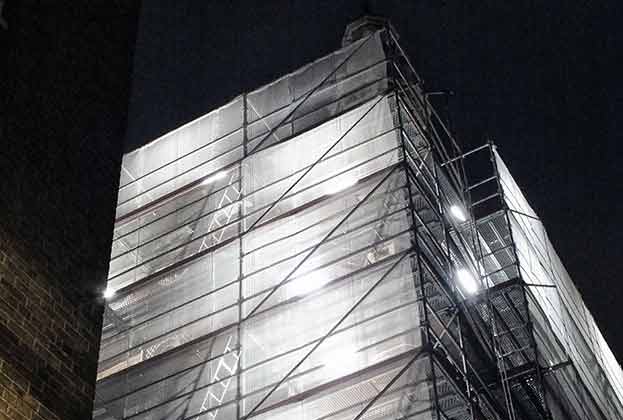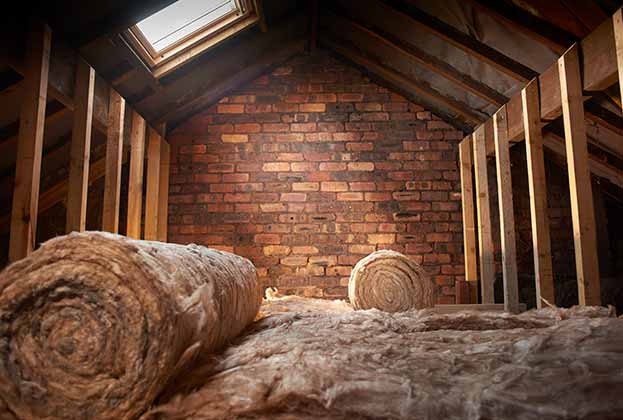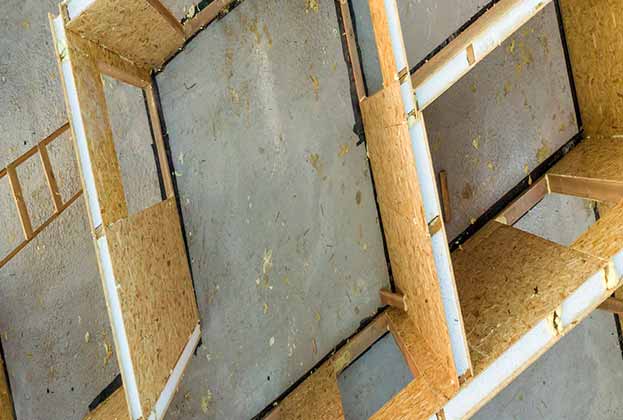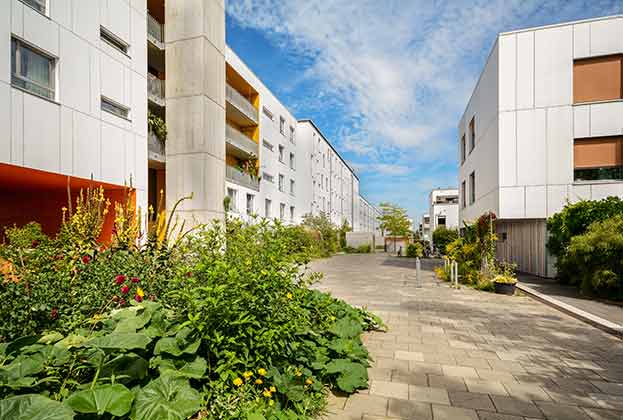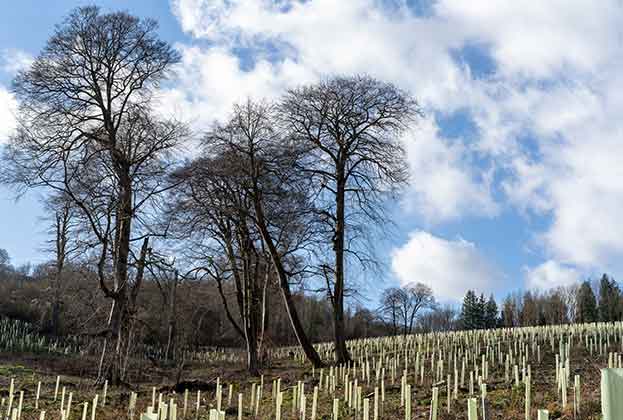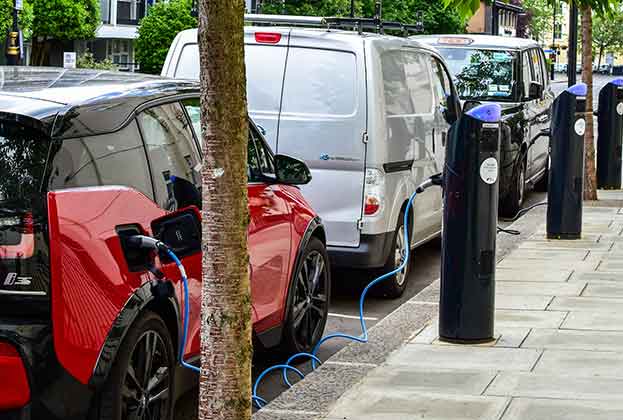For real estate investors, understanding the risks associated with climate change puts them in the best position to reap the potential rewards of a green portfolio
The importance of sustainability and the drive for net zero have undoubtedly increased for real estate investors over the past few years. Despite worries that the Covid-19 pandemic would derail progress towards net zero, that has not been the case. If anything it has demonstrated that the status quo can be disrupted and has accelerated the change.
Developing and owning sustainable assets can improve the investor’s reputation and have financial benefits
Sophie Chick, Head of Department, World Research
For real estate investors, there are two key drivers: to understand and assess risks associated with climate change, and to avoid foreseeable costs. On the other hand, developing and owning sustainable assets can improve the investor’s reputation and have financial benefits, especially given the government support for this sector. (See Does demand for green buildings lead to a premium?).
Understanding risk
The Bank of England has identified three key risks that climate change poses to financial stability: physical, transitional and liability.
1. Physical risks caused by climate change are perhaps the easiest for us to understand and indeed perceive as the economic costs of natural disasters continue to increase over time. In the UK, an increase in warm spells and decrease in cold spells have already been linked to climate change, a trend that is forecast to continue along with more heavy rain and wind storms.
Floods, storms and extreme temperatures can damage buildings. Increased flooding is a particular concern in this country, particularly for homes on floodplains and low-lying coastal towns. Even if the temperature only rises by the unavoidable 1.5°C, sea levels around the UK will keep rising beyond 2100.
To cope with the current, and forecast, conditions, measures to protect property from damage are needed from both the government and property owners. Understanding the physical risk to a building is an increasingly important assessment for real estate investors, as well as understanding the associated insurance premiums.
What are perhaps less apparent are the transitional and liability risks associated with climate change.
2. Transitional risks occur in the move towards a cleaner, greener economy. With that shift, sectors of the economy will face seismic changes in asset values and business costs. For polluting companies, such as those producing fossil fuels, steel and cement, and aviation, those changes will undoubtedly be negative. Many are choosing to redirect funds away from these polluting sectors to avoid being invested in stranded assets, and towards green investments where the opportunities for growth are greatest.
For real estate investors, this can translate to the green credentials of the buildings they own. Demand is likely to be focused on the most sustainable assets, making them more saleable (and easier to lease). While a building that does not meet the desired criteria or government regulations could well become a stranded asset. Many investors are getting ahead now to future-proof their assets by upgrading them, changing the use or selling.
3. Liability risk can occur when we ask the question about who we hold responsible. Should a business fail to adequately declare climate risk exposure and suffer a loss due to climate-related events, investors might make a claim against that business. Here, the role of accurate reporting becomes vital. To have a better understanding of the ESG performance of their investments and to have access to comparable and reliable data, an increasing number of real estate investors are using the Global Real Estate Sustainability Benchmark (GRESB). This allows them to compare their results with peers each year and make improvements.
The Task Force on Climate-related Financial Disclosures (TCFD) has also seen an increase in adoption from the real estate industry as demand for decision-useful, climate-related financial information grows. The framework helps companies identify and measure their physical and transitional risks. This growth will continue as the UK is set to become the first country to make this reporting framework mandatory from 2025, but some requirements are already in place.
While the task of measuring climate risk may seem daunting, real estate investors are used to measuring economic risk, market risk, credit risk, so this becomes another part of due diligence. The importance of doing so is rising as properties may be particularly vulnerable to climate change because they are physical assets that are typically held for long periods. Understanding the different risks assets are exposed to will help build a complete picture and enable investors to position themselves in the best place to reap the potential rewards of a green portfolio.
Read the other articles within Spotlight: Property and Carbon – April 2021 below

